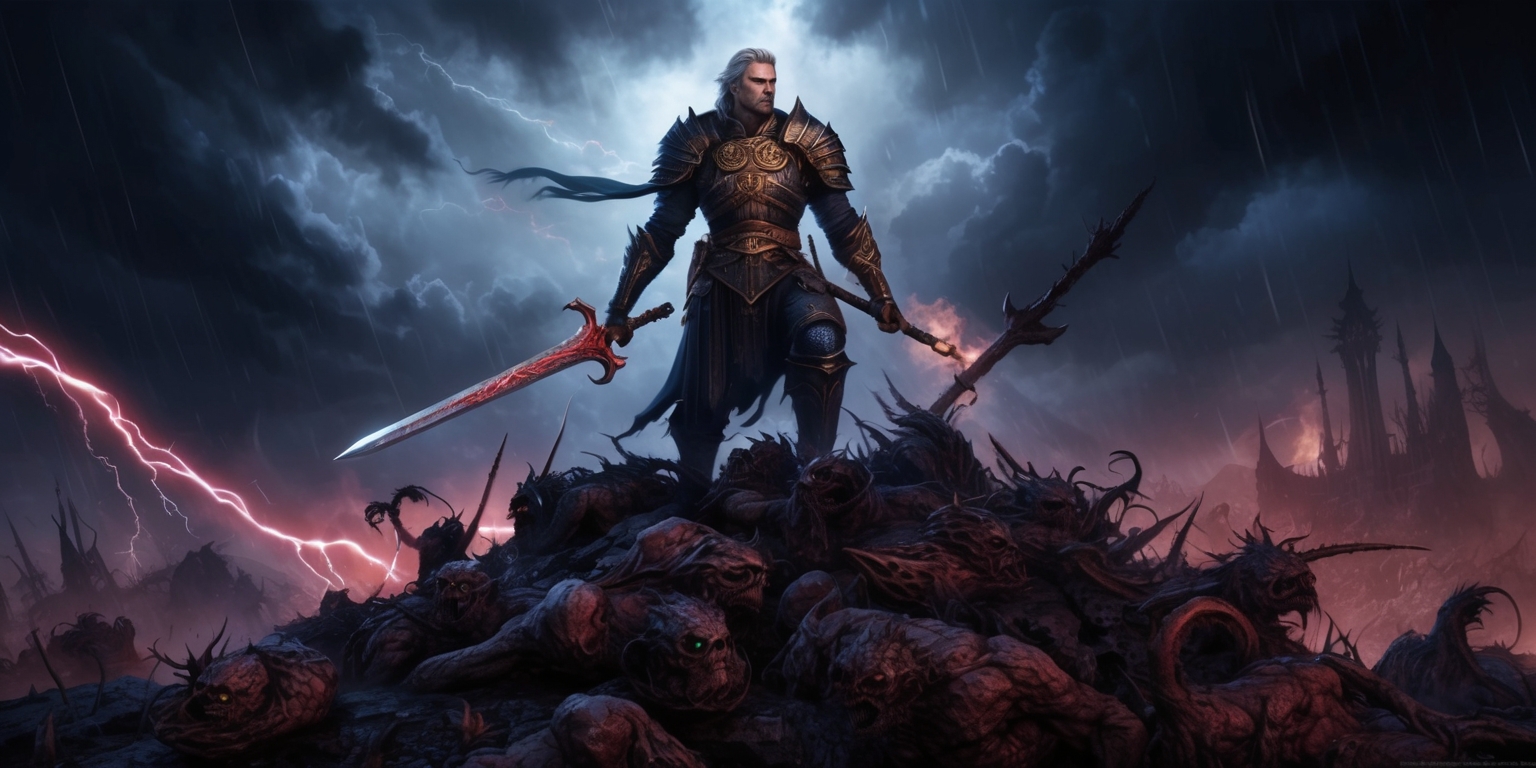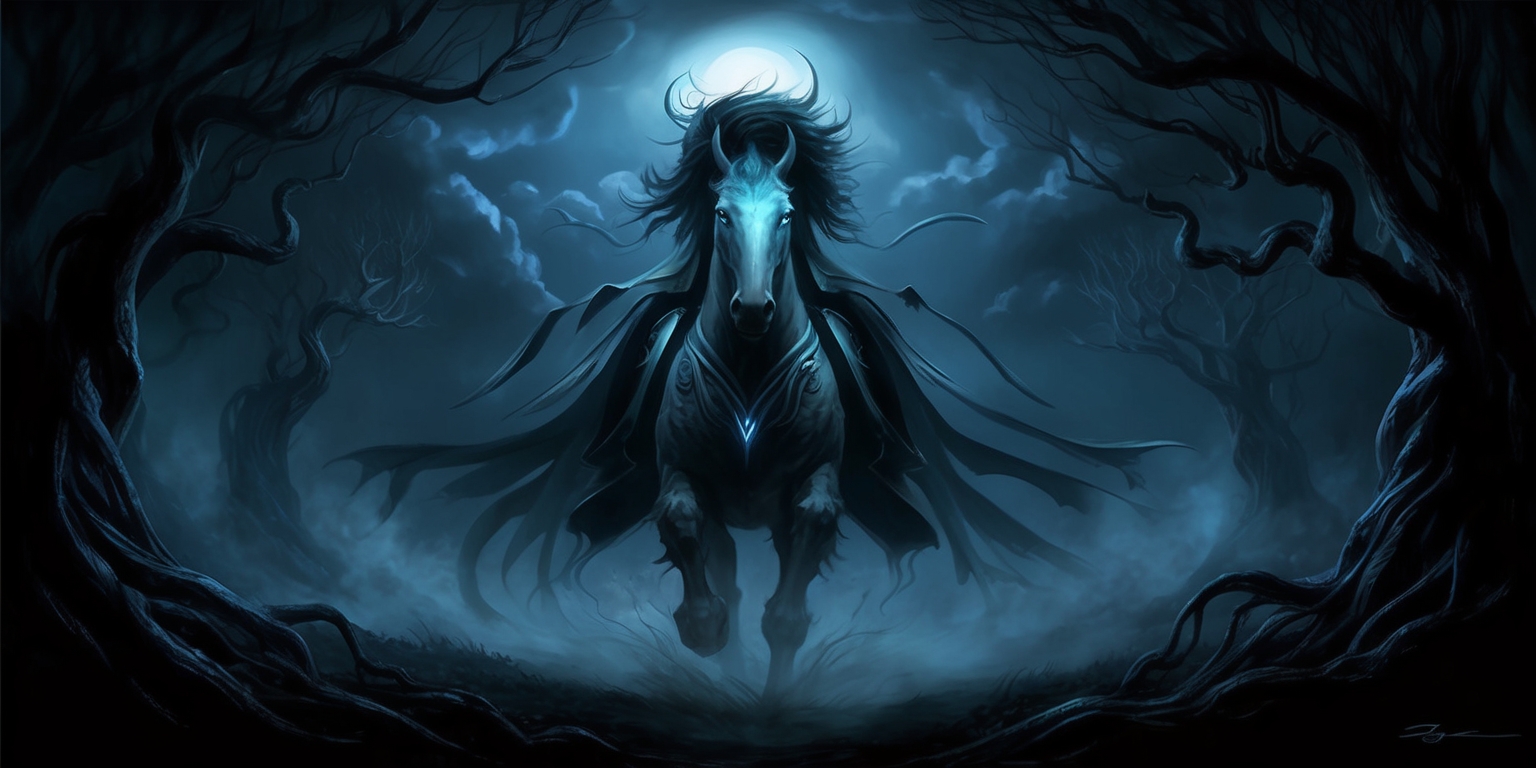Relentless Onslaught: Mastering the Multifaceted Battle in Elden Ring Nightreign
Jul-17-2025

The journey into the realm of Elden Ring Nightreign unfolds with an immersion into a battle where strategy, teamwork, and agility define survival. Players step beyond the familiar tutorial into an environment that challenges both wit and reflexes against a singular but formidable foe. Within this context, the confrontation with a multi-faceted adversary demands not only attention to intricate patterns of attack but also seamless coordination with party members. Every movement, every decision, and every tactical shift carries the weight of progress, solidifying the experience as a An evaluation of expertise, precise timing, and tactical foresight.
Evolving Adversaries in the Realm
The initial encounter with the formidable boss sets the stage for a confrontation unlike any other in Elden Ring Nightreign. Here, adventurers face a multi-headed creature whose presence in the arena is both intimidating and tactically demanding. The enemy, known by the moniker Gladius, exhibits a unique design that combines primal ferocity with calculated maneuvers. Its attacks are not random strikes but a sequence of deliberate moves, each designed to catch players off guard. The arena itself offers little sanctuary, with space that forces combatants into close quarters and strategic retreats. The atmosphere is charged with tension as players assess the impending threats while preparing for a battle that tests every ounce of their training and adaptability.
Decoding the Patterned Assault
The boss’s combat style is defined by a blend of ranged and close-quarter techniques that players are required to develop their anticipatory skills. One example is the most prominent maneuvers involves a sweeping chain-like attack that travels along an arched trajectory, targeting a single combatant before transitioning into a broader offensive that affects multiple players if caution is not exercised. This move demands vigilance and precise timing on the part of the adventurers. In addition, the enemy employs a sword-like strike that is both swift and linear, offering … presents an entirely unique array of obstacles for those who … must dodge or counter these rapid motions. The layered complexity of the boss’s assault sequence forces players to not only memorize attack patterns but also adapt dynamically mid-combat.
Embracing the Elemental Force
One cannot underestimate the role of elemental damage within this encounter. Gladius is characterized by an emphasis on fiery aggression that permeates its offensive strategy. The heat of battle takes on a literal meaning as the boss’s flames serve as a reminder of the elemental power behind each attack. Players must be mindful of their defenses, ensuring that they are equipped with resistances that can mitigate the overwhelming intensity of fire-based strikes. The presence of fire in the combat dynamic not only adds a layer of visual and atmospheric intensity but also influences strategic decisions regarding where to invest defensive upgrades. In this environment, understanding the interplay between elemental influence and physical strikes becomes paramount in maintaining the upper hand throughout the engagement.
The Intricacies of Triple Coordination

As the confrontation unfolds, the enemy showcases its ability to focus its power through three distinct forms, challenging players on multiple fronts. This aspect of the fight demands that the adventurers remain flexible in their approach, shifting between individualized defense and collective support. The enemy’s primary mode involves coordinated chain and sword swings, each requiring different responses from the party members. Group positioning becomes crucial, with teammates needing to be spaced just right to avoid simultaneous damage from wide-reaching attacks. Moreover, the boss’s ability to target a single player with a focused assault adds a tactical dimension to the combat, compelling players to coordinate their efforts. Successful navigation of this phase hinges on the harmony between individual instinct and synchronized teamwork.
Unified Force Through Tactical Positioning
A key factor in overcoming the boss lies in the precise arrangement and positioning of party members throughout the encounter. Engaging Gladius requires a well-balanced composition where roles are distinctly understood and executed flawlessly. One member is often designated as the primary focal point of the enemy’s aggression, drawing attention away from others to allow teammates flexibility in their maneuvers. These designated players must maintain a careful balance between absorbing damage and retaliating with calculated strikes, ensuring that the opponent remains fixated. Simultaneously, the supporting members contribute by launching consistent damage from varied ranges, continuously shifting their positions to prevent any grouping that might lead to avoidable harm. This nuanced coordination accentuates the importance of spatial awareness and role clarity during the battle.
Artistry in Combat Coordination
Effective combat in Elden Ring Nightreign is a symphony of roles performed by each member of the party. The designated frontline warrior takes on the role of the primary target for the enemy’s aggression. They are typically equipped with robust defenses and skills tailored to absorb and redirect the boss’s focused onslaught. Meanwhile, the more agile members take advantage of their mobility to avoid prolonged exposure to high-damage areas. These players orbit around the main target, delivering impactful strikes and maintaining a constant pressure on the adversary. Such a division of labor requires a deep understanding of each character’s abilities and a mutual trust among teammates. The seamless transition from offense to defense exemplifies the delicate balance between individual skill and collaborative strategy in this complex battle environment.
Transformations Within the Fray
Midway through the confrontation, the battle intensifies as the boss shifts into a different form that demands a fresh tactical outlook. This transformation splits the enemy into three separate components, each representing a distinct aspect of its overall power. Despite their separation, these forms maintain a unified offensive strategy, with one of the entities capable of unleashing a singular sword-based assault while the others contribute to the aggregate pressure. The environmental hazards within the arena become more pronounced during this phase, with floating structures emitting damaging effects that require constant vigilance. As the battle evolves, Players need to quickly modify their strategies as the situation evolves, ensuring that no single form is left to overwhelm the party. This metamorphosis challenges the adventurers to reexamine not just their distinct roles but also also the entire team’s strategic blueprint.
Initiating Agile Countermeasures
Throughout the combat, quick and decisive evasion is as crucial as any offensive maneuver. The boss’s rapid chain and sword strikes create a dynamic environment where every misstep can be costly. In this delicate balance, players must master the art of timely dodges and well-planned retreats, effectively countering the enemy’s aggressive patterns. The necessity for agility is underscored by the boss’s focused targeting during critical moments, prompting players to blend immediate responses with premeditated positioning. This dual awareness of timing and space reinforces the combat’s demand for high levels of concentration and coordination. Moving with precision, each party member contributes to a collective momentum that disrupts the enemy’s attack cadence, turning what initially appears as a relentless assault into an opportunity for calculated strikes.
Harnessing Abilities and Special Techniques
Integral to the challenge posed by Gladius is the judicious use of individual abilities and class-specific techniques. Each character in the party comes armed with unique powers that can shift the tide of battle when employed with precision. Some players may deploy area-based healing enhancements that provide crucial recovery during moments of intense pressure, while others might unleash singular, high-impact moves designed to chip away at the boss’s vast health reserves. The effective combination of these abilities with standard weapon strikes requires constant communication and adaptation to the unfolding combat scenarios. By alternating between offensive bursts and defensive cooldowns, the party can create a fluid dynamic that continuously undermines the enemy’s rhythm. Every ability has its time and place, and recognizing these moments is key to breaking through the boss’s seemingly impenetrable defenses.
Adapting to Shifting Battlefield Dynamics
The arena itself plays an active role in this confrontation, adding layers of complexity to the already challenging interplay of attacks. The layout of the battleground forces players to be ever-aware of their surroundings, as environmental factors can amplify the impact of the boss’s more devastating maneuvers. Floating objects and elemental hazards demand that combatants adjust their positions continually to avoid inadvertent damage while maintaining offensive pressure. The need for constant movement places a premium on situational awareness and rapid, real-time decision-making during the escalation of combat. In arenas where both space and timing are limited, the interplay between environmental hazards and enemy tactics becomes a pivotal part of the strategy. Successful navigation of these variables underscores the importance of adaptability at every stage of the encounter.
Preserving Momentum Amid Continuous Onslaught
Maintaining an unyielding assault on the boss while managing the rigors of constant defensive repositioning defines the core challenge of this encounter. The flow of combat is disrupted by phases that demand distinct approaches; when one moment calls for aggressive strikes with full force, the next necessitates a calm withdrawal and repositioning to safeguard against devastating counterattacks. The balance between relentless pressure and measured caution is not easily achieved and requires each player to remain hyper-focused on both personal performance and group coordination. Moreover, the fight’s endurance aspect tests the party's ability to deal consistent damage while mitigating the boss’s recurring area hazards. In these sustained moments, each well-timed attack and careful step builds towards a gradual dismantling of the enemy’s formidable defenses.







